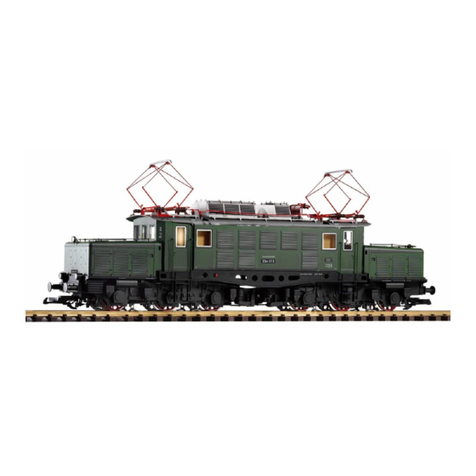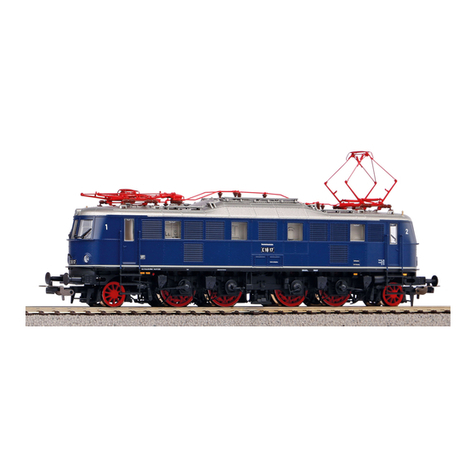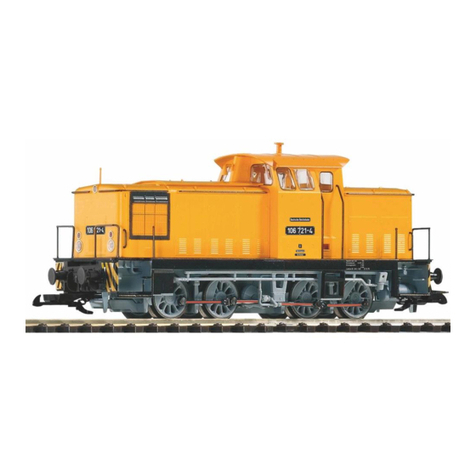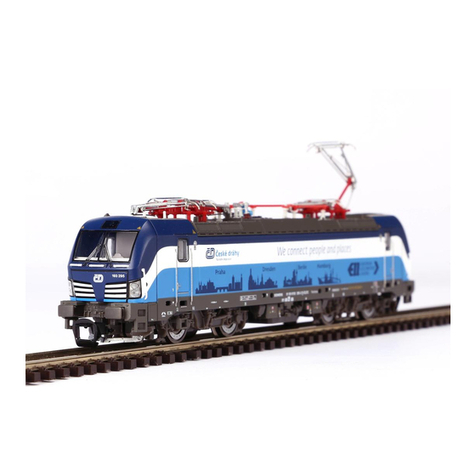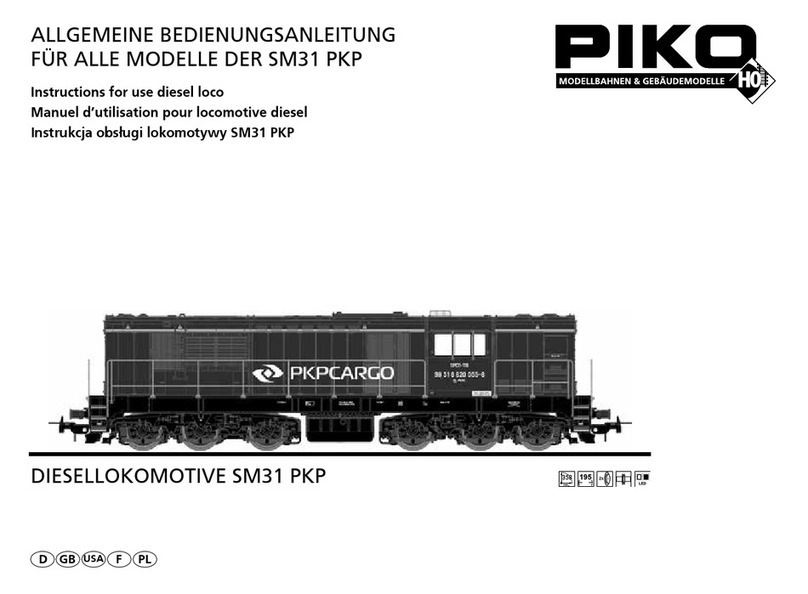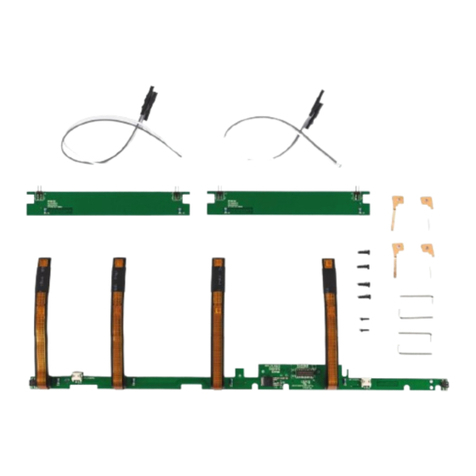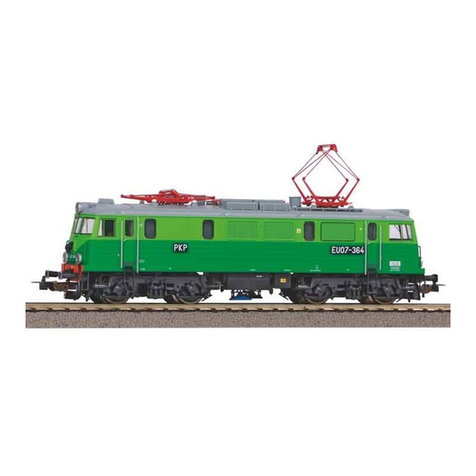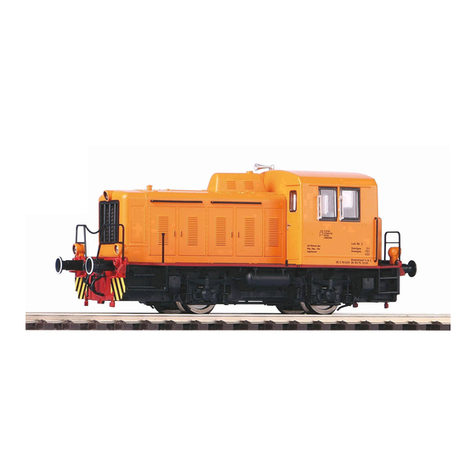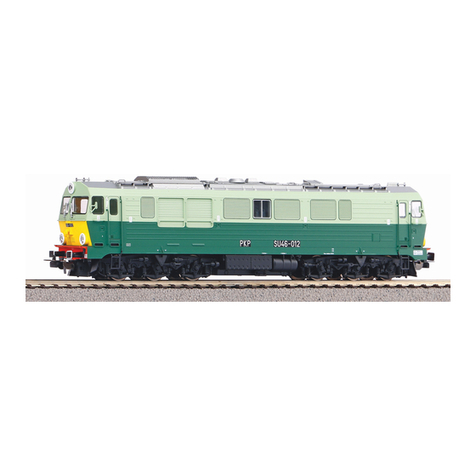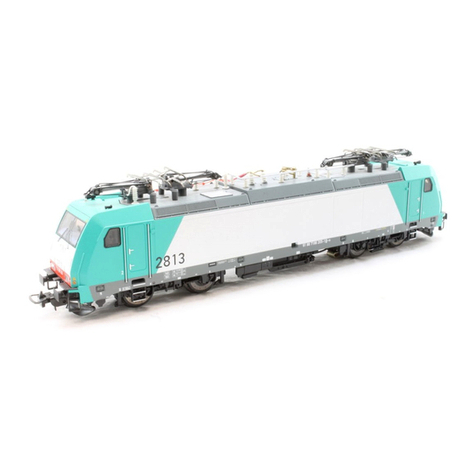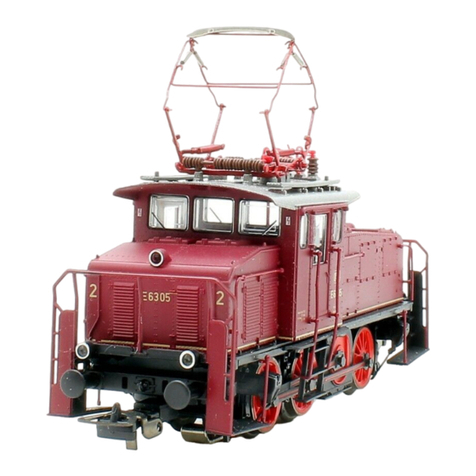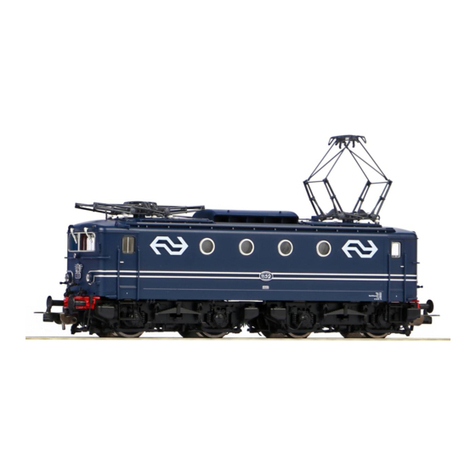
6 7
Sicherheitshinweise:
Korrekte Entsorgung dieses Produkts (Elektromüll)
(Anzuwenden in den Ländern der Europäischen Union
und anderen europäischen Ländern mit einem separaten
Sammelsystem) Die Kennzeichnung auf dem Produkt bzw.
auf der dazugehörigen Literatur gibt an, dass es nach seiner
Lebensdauer nicht zusammen mit dem normalen Haus-
haltsmüll entsorgt werden darf. Entsorgen Sie dieses Gerät
bitte getrennt von anderen Abfällen, um der Umwelt bzw.
der menschlichen Gesundheit nicht durch unkontrollierte
Müllbeseitigung zu schaden. Recyceln Sie das Gerät, um die
nachhaltige Wiederverwertung von stofflichen Ressourcen
zu fördern. Private Nutzer sollten den Händler, bei dem das
Produkt gekauft wurde, oder die zuständigen Behörden
kontaktieren, um in Erfahrung zu bringen, wie sie das Gerät
auf umweltfreundliche Weise recyceln können.
Gewerbliche Nutzer sollten sich an Ihren Lieferanten wenden
und die Bedingungen des Verkaufsvertrages konsultieren.
Dieses Produkt darf nicht zusammen mit anderem Gewerbe-
müll entsorgt werden.
Modellartikel - Kein Spielzeug! Bitte bewahren Sie die beilie-
genden Hinweise und die Bedienungsanleitung auf!
Achtung! Aufgrund vorbildgetreuer, maßstabsgerechter
und funktionsbedingter Gestaltung sind Spitzen und Kanten
vorhanden. Bei unsachgemäßem Gebrauch besteht Verlet-
zungsgefahr.
Das Modell darf nur mit einem zugelassenen Transformator
mit folgender Kennzeichnung betrieben werden:
Wechselstrom: Max. Fahrspannung: 16 V ~ ,
Umschaltspannung: 24 V ~
Gleichstrom: Max. Fahrspannung: 12 V
Remarque importantes sur la sécurité:
Comment éliminer ce produit
(déchets d’équipements électriques et élektroniques)
(Applicable dans les pays de l’Union Européen et aux autres
pays européens disposant de systémes de collecte sélective)
Ce symbole sur le produit ou sa documentation indique qu’il
ne doit pas être éliminé en fin de vie avec autres déchets
ménagers. L’élimination incontrôlée des déchets
pouvant porter préjudice à l’environnement ou à la santé
humaine, veuillez le séparer des autres types de déchets et le
recycler de façon responsable. Vous favoriserez
ainsi la réutilisation durable des ressources matérielles.
Les particuliers sons invités à contacter le distributeur leur ay-
ant vendu le produit ou à se renseigner auprès de leur mairie
pour savoir où et comment ils peuvent se débarrasser de ce
produit afin qu’il soit recyclé en respectant l’environnement.
Les entreprises sons invitées à contacter leurs fournisseurs et
à consulter les conditions de leur contrat de vente. Ce produit
ne doit pas être éliminé avec les autres déchets commerciaux.
Ceci est un article de modélisme, ce n’est pas un jouet!
Veuillez conserver les conseils et modes d’emploi joints!
Attention! En raison d’une reproduction fidèle à la réalité,
conforme à l’échelle et fonctionnelle, il y a risque de présence
de petites pièces et d‘arêtes coupantes!
Il y a danger de blessures en cas d‘utilisation non conforme.
Le modèle doit être uniquement actionné avec un transforma-
teur autorisé portant le logo suivant :
Courant alternatif: Tension maximum: 16 V ~ ,
Tension de commutation: 24 V ~
Courant continu: Tension maximum: 12 V
Safety Notes:
Correct Disposal of This Product (Waste Electrical & Electronic
Equipment) (Applicable in the European Union and other
European countries with separate collection systems)
This marking shown on the product or its literature, indicates
that it should not be disposed with other household wastes
at the end of this working life. To prevent possible harm to
the environment or human health from uncontrolled waste
disposal, please separate this from other types of wastes and
recycle it responsibly to promote the sustainable reuse of
material resources. Household users should contact either
the retailer where they purchased this product, or their local
govemment office, for details of where and how they can
take this item for environmentally safe recycling.
Business users should contact their supplier and check the
terms and conditions of the purchase contract. This product
should not be mixed with other commercial wastes for
disposal.
This is a Model, not a Toy!
Please keep the enclosed manual for future reference!
Attention! Due to the nature of its construction, this product
contains some functional sharp edges! If used incorrectly
there is a possibility of danger.
This model should only be operated using an approved trans-
former marked as follows :
Alternating current: max. Load: 16 V ~ ,
Commutation tension: 24 V ~
Direct voltage: max. Driving tension: 12 V
Wskazówki dotyczące bezpieczeństwa:
Prawid owe usuwanie produktu (zużty sprzęt elektryczny
i elektroniczny)
Oznaczenie umieszczone na produkcie lub w odnoszących się
do niego tekstach wskazuje, że produktu po upływie okresu
użtkowania nie należy usuwać z innymi odpadami pochod-
zącymi z gospodarstw domowych. Aby uniknąć szkodliwego
wpływu na środowisko naturalne i zdrowie ludzi wskutek
niekontrolowanego usuwania odpadów, prosimy o oddziele-
nie produktu od innego typo odpadów oraz odpowiedzialny
recykling w celu promowania ponownego użcia zasobów
materialnych jako stałej praktyki. W celu uzyskania informacji
na temat miejsca i sposobu bezpiecznego dła środowiska
recyklingu tego produktu użytkownicy w gospodarstwach
domowych powinni skontaktować się z punktem sprzedaży
detalicznej, w którym dokonali zakupu produktu, lub z
organem władz lokalnych. Użtkownicy w firmach powinni
skontaktować się ze swoim dostawcą i sprawdzić warunki
umowy zakupu. Produktu nie należy usuwać razem z innymi
odpadami komercyjnymi.
UWAGA!: Ważne środki bezpieczeństwa
To jest model. To jest zabawka! Zachowaj instrukcję na
przyszłość! Ze względów konstrukcyjnych produkt może mieć
ostre krawędzie! Użytkowanie niezgodne z instrukcja może
powodować zagrożenie!
Ten model może być zasilany jedynie przez transformator
oznaczony tym znakiem :
AC: napięcie max.: 16 V ~,
napięcie prze ączane: 24 V ~,
DC: napięcie max.: 12 V





